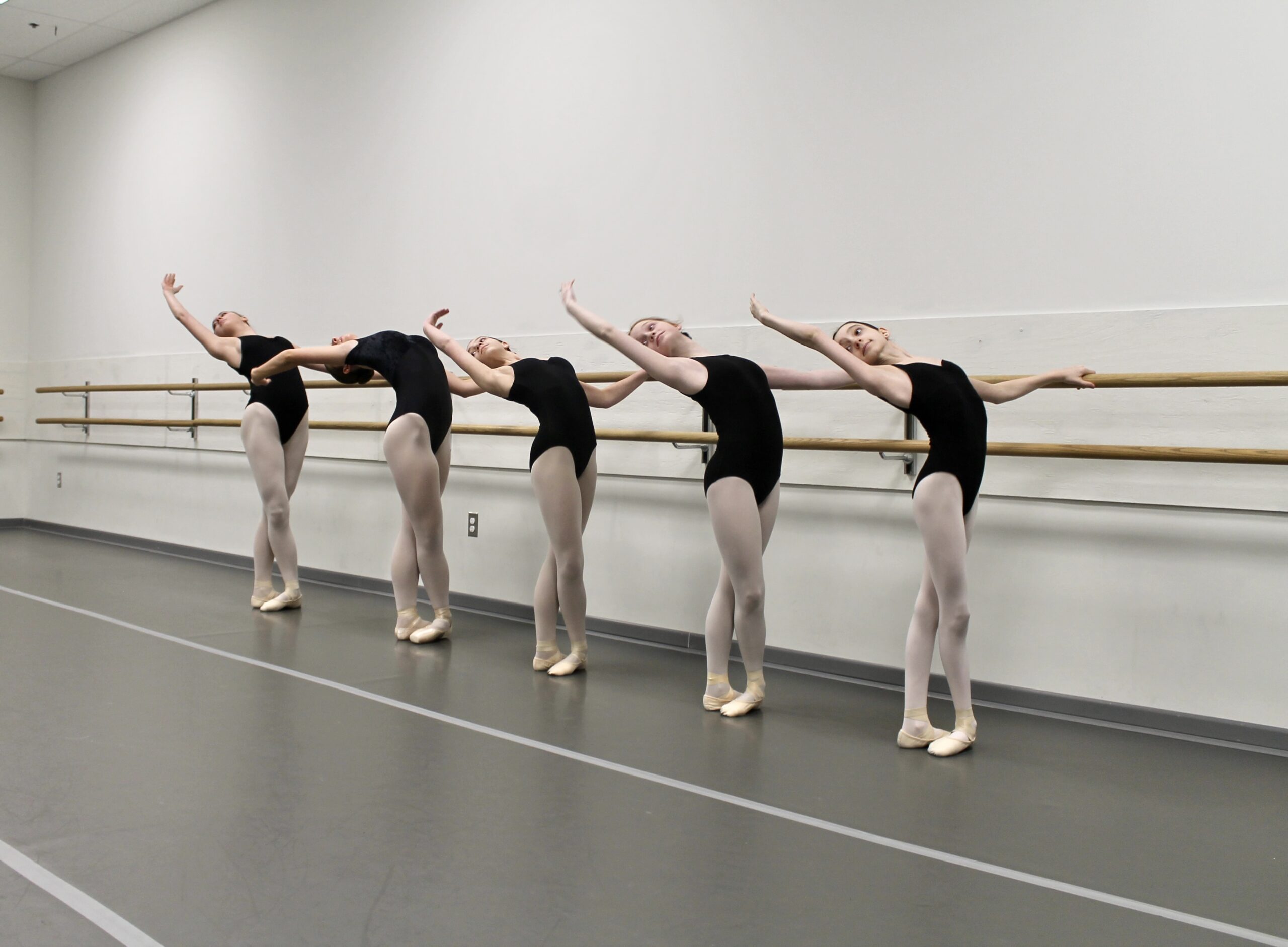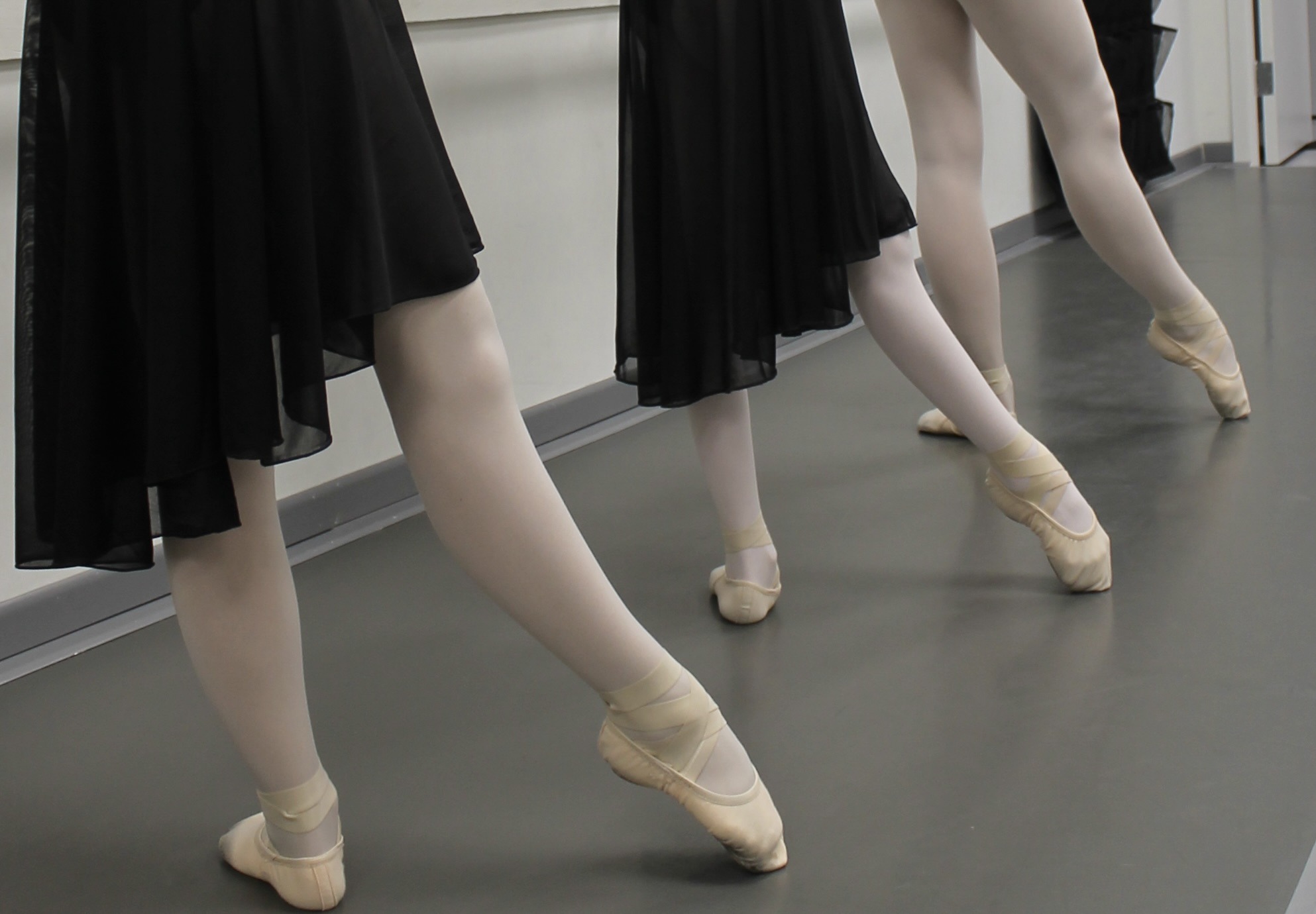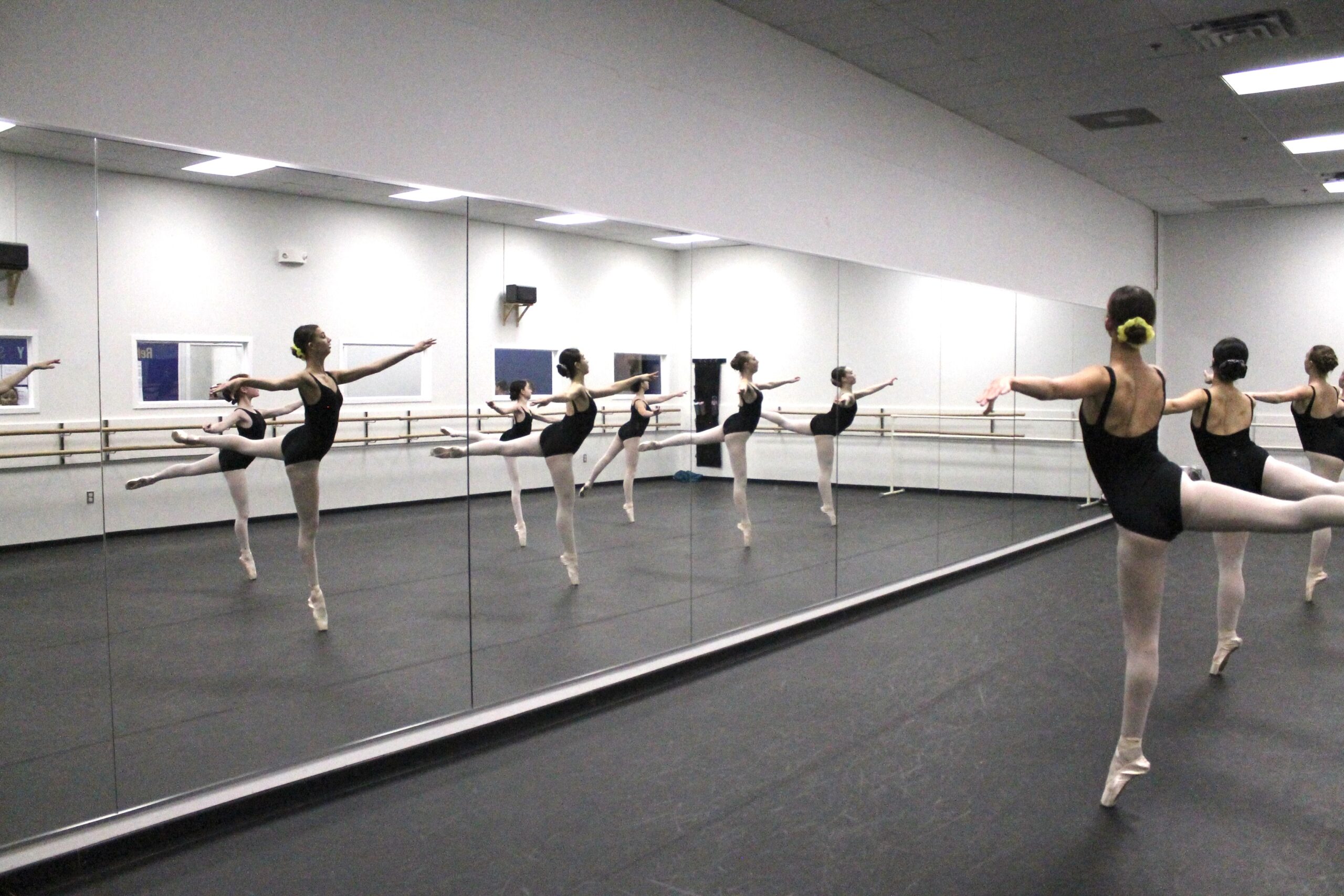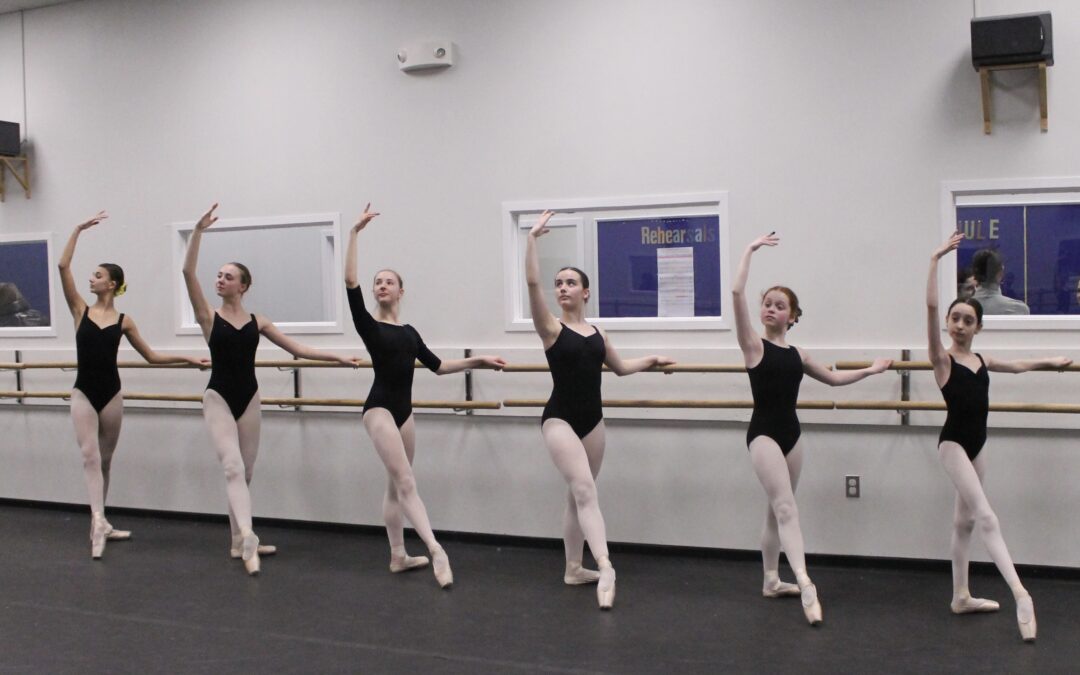The Vaganova method is a renowned ballet training system that has produced countless world-class dancers. Originating in Russia, this technique is characterized by its emphasis on precision, discipline, and artistry. This post will delve into the history, principles, and benefits of the Vaganova method and highlight some famous dancers who were trained in this style.
A Brief History of the Vaganova Method
The Vaganova method traces its roots to the Russian Imperial Ballet School, founded in 1738. This prestigious institution played a pivotal role in shaping the development of classical ballet. Over the centuries, the school’s curriculum evolved and by the early 20th century, a distinct style of training had emerged.
Legendary teacher and ballerina Agrippina Vaganova (1879-1951) is credited with formalizing and codifying this style. Vaganova’s innovative approach to ballet education emphasized the importance of technique, artistry, and physical conditioning. The technique codified the Russian ballet training in use at the Imperial Ballet School while Vaganova danced and later taught there. It also incorporates elements of Italian and French ballet traditions.
The Principles of the Vaganova Method
Vaganova dancers are known for their impeccable technique, artistry, and expression. The method emphasizes the importance of mastering the fundamentals of ballet before progressing to more complex movements. Accordingly, students must commit to rigorous training and discipline, through which they develop a strong work ethic. The method also requires a high level of physical fitness. Dancers undergo rigorous training to strengthen their muscles, improve their flexibility, and enhance their endurance.

The method is based on the curriculum laid out in Vaganova’s book, Basic Principles of Classical Ballet. The book includes detailed instructions for teaching classical ballet movements along with illustrations of correct and incorrect technique.
Important Principles
- Turnout: The Vaganova method places paramount importance on turnout. This refers to the outward rotation of the legs from the hip joint. When dancers stand in first position—the classic, stereotypical ballerina pose with heels touching and toes pointed in opposite directions in a straight line—they are demonstrating turnout. Vaganova emphasizes that turnout should be achieved through the hips, not the knees, ensuring a more stable and graceful base.
- Alignment: Proper alignment is essential for preventing injuries and achieving optimal results. Vaganova outlines specific guidelines for maintaining a straight spine, engaged core, and aligned pelvis. This attention to detail ensures that movements are executed safely, with precision and efficiency.
- Extension: Vaganova advocates for long, elegant lines in extensions. This includes stretching the feet and arms to their fullest potential while maintaining proper alignment. Extension is achieved through a combination of flexibility, strength, and technique.
- Port de bras: The carriage of the arms, or port de bras, is another crucial element of the Vaganova method. Vaganova outlines specific guidelines for arm placement and movement, ensuring that the arms complement the movements of the legs and torso.
- Footwork: Precision and clarity in footwork are essential for executing ballet movements with grace and accuracy. Vaganova provides detailed instructions for various footwork combinations, emphasizing the importance of correct placement, timing, and rhythm.
- Discipline and hard work: Vaganova stresses the importance of discipline and hard work. She emphasizes that ballet is a demanding art form that requires dedication and perseverance.

Benefits of the Vaganova Method
Training in the Vaganova method offers numerous benefits for aspiring ballet dancers:
- Strong foundation: The method provides a solid foundation in classical ballet technique, equipping dancers with the skills necessary to excel in various styles of dance.
- Discipline and work ethic: The rigorous training regimen fosters discipline, perseverance, and a strong work ethic, which are invaluable qualities for any dancer.
- Artistry and expression: The focus on artistry and expression helps dancers develop their interpretive abilities and communicate effectively through movement.
- Physical fitness: The demanding nature of the method promotes physical fitness, strength, and flexibility.
- Injury prevention: The Vaganova method emphasizes proper alignment, technique, and physical conditioning, all of which reduce the risk of injuries. The method empowers dancers to develop a strong and resilient body equipped to withstand the demands of ballet.
- Career opportunities: A Vaganova training can open doors to professional ballet careers.
While the Vaganova method is rooted in classical ballet, it has also influenced the development of contemporary ballet. As a result, many contemporary choreographers incorporate elements of the Vaganova technique into their work, drawing on its precision, discipline, and attention to detail.
Famous Vaganova-Trained Dancers
The Vaganova method has produced countless world-class ballet dancers. Here are a few notable examples:
- Rudolf Nureyev: One of the most celebrated male ballet dancers of the 20th century, Nureyev was trained at the Vaganova Academy. He achieved international fame for his virtuosity, athleticism, and charismatic stage presence.
- Mikhail Baryshnikov: Another legendary male dancer, Baryshnikov was also a product of the Vaganova Academy. His technical brilliance, expressive style, and innovative choreography are famous throughout the world.
- Natalia Makarova: A renowned ballerina who defected to the West in the 1970s, Makarova trained at the Vaganova Academy. She is celebrated for her graceful and lyrical style.
- Galina Ulanova: A legendary ballerina of the Soviet era, Ulanova was known for her expressive performances and emotional depth. She was a prominent figure in the development of the Vaganova method.

The Vaganova Method at VBC
VBC founders Tatiana Rousseau and Oleg Tupine both studied ballet under Lyubov Yegorova in Pairs. Yegorova herself had studied at the Imperial Ballet Academy and was a contemporary of Agrippina Vaganova. When Rousseau began teaching ballet in the United States, it was the Vaganova method that she imparted to her students. Tupine joined her at VBC in 1961, making the school a powerhouse of classic Vaganova experience and instruction. Today, our Artistic Directors and teachers continue VBC’s proud tradition of Vaganova method instruction. Thanks to this training, VBC students have gone on to dance professionally with companies including American Ballet Theatre, New York City Ballet, Ballet West, Ballet Memphis, the San Francisco Ballet Company, Stuttgart Ballet, Harkness Ballet, Washington Ballet, and more.
The Vaganova method is a comprehensive and rigorous ballet training system that has produced countless world-class dancers. Its emphasis on precision, discipline, and artistry continues to make it a highly respected and influential approach to ballet education. For those aspiring to a career in classical ballet, training in the Vaganova method can provide a valuable foundation for success.
Are you looking for a school with a strong Vaganova foundation? Contact us to schedule a placement class today!

